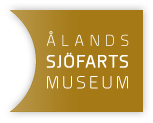Since time immemorial, sailing has been the Åland way of voyaging across the seas, and Mariehamn was the home port for the world’s last fleet of tall ships.
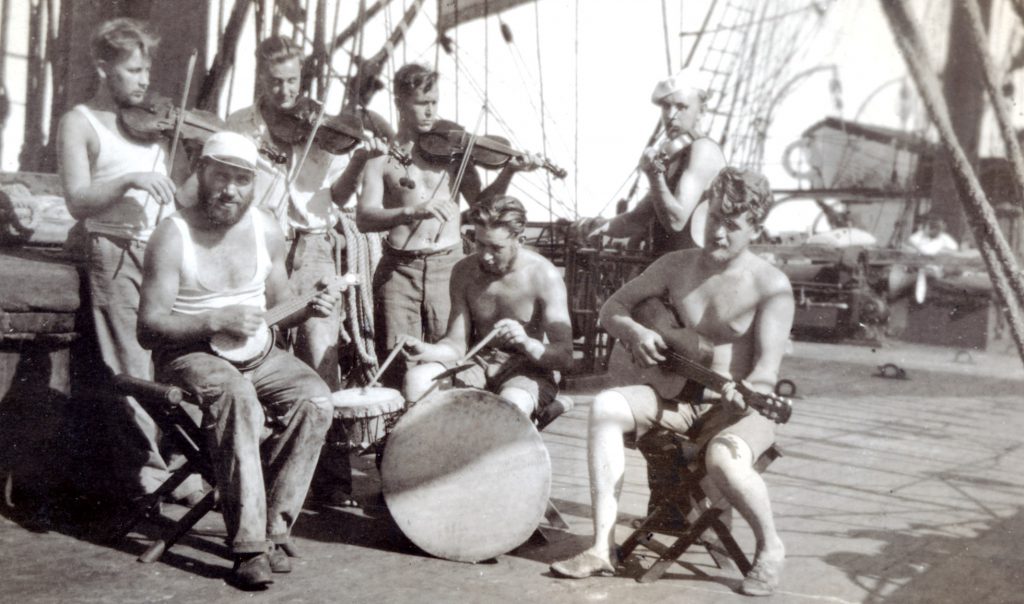
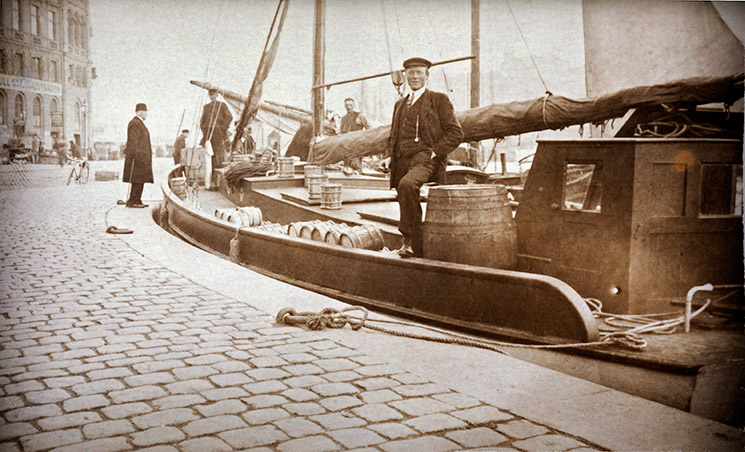
As early as the 13th century, peasants from Åland were sailing to markets along the Baltic Sea coast to trade. The peasants sold their own firewood, fish and farm surplus and bought iron, salt, coffee, spices and other goods they could not produce themselves. The small vessels deployed were owned and crewed by one or two families. In the middle of the 19th century Åland vessels began carrying timber on the Baltic Sea and the North Sea. The vessels were still owned by farmers but seafaring as a profession began to emerge.
By the beginning of the 1900s larger vessels of iron and steel had found their way into the Åland fleet. These ships sailed the world over.
After the First World War Åland was one of the places in the world that still had sailing ships and the biggest shipowner was Gustaf Erikson. Until 1949 sailing ships from Åland circumnavigated the globe and carried grain from Australia to Europe.
Highlights
In 1936 Herzogin Cecilie won the Grain Race for the fourth time. On her way to Ipswich to discharge, the ship strayed off course and ran aground off the coast of Devon in the English Channel. For months the crew and locals fought to save her but after her keel cracked in a storm she was declared a wreck. At Gustaf Erikson’s request all useable parts were transported back to Åland, including the captain’s saloon, which later was given pride of place in the Åland Maritime Museum.
The models in the diorama were made by Viktor Andersson. As a boy he was already building model boats; as a deep-water sailor he began to build ship models in his spare time. His experience on sailing ships gave hin a fine sense of proportion and a keen eye for detail. It also served as a good apprenticeship for the model ship building which eventually became his profession. All the models in the diorama are built at the scale 1:50.
Leo was built in western Finland for Åland shipowners in 1870 and was mainly deployed on the Baltic timber trade. The figurehead is a lion’s head, which is a reference to the ships name. The lion of Leo is a terrifying sight, quite the opposite of the fair lady that adorns the prow of Pommern.
Leo is a manifest symbol for the Åland’s maritime heritage. Firstly, Leo represents the beginning of Åland’s shipping industry, the foundation on which our present prosperity rests. Secondly, Leo is a symbol for the ambigous and unreliable nature of the sea, which gives as much as it takes. Leo was a successful ship and earned the nickname Money Dragon for the good profits she sailed in for her owners. But success came at a high price; serious accidents and even death happened so often that she was also given another and darker nickname: Man Eater.
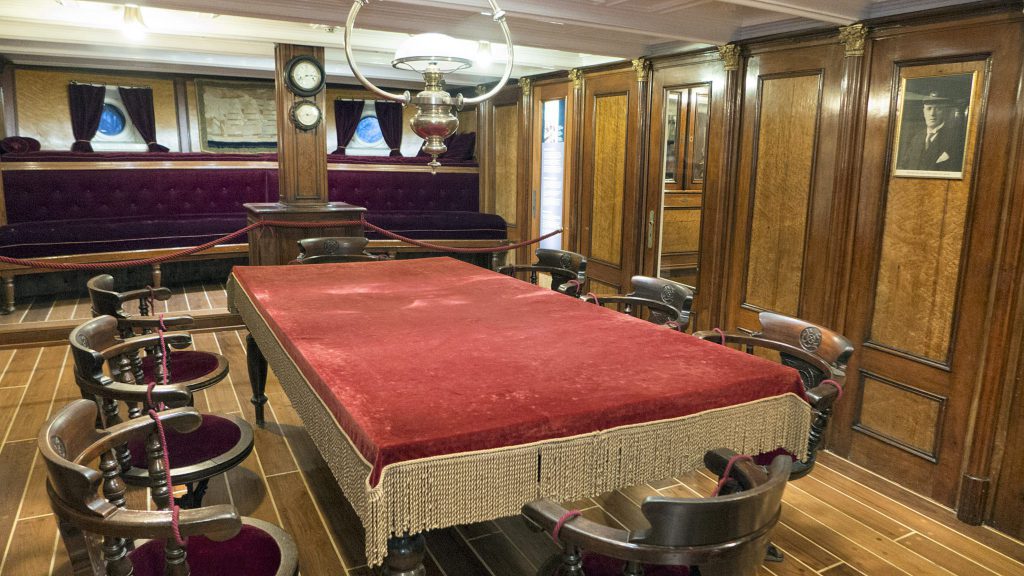
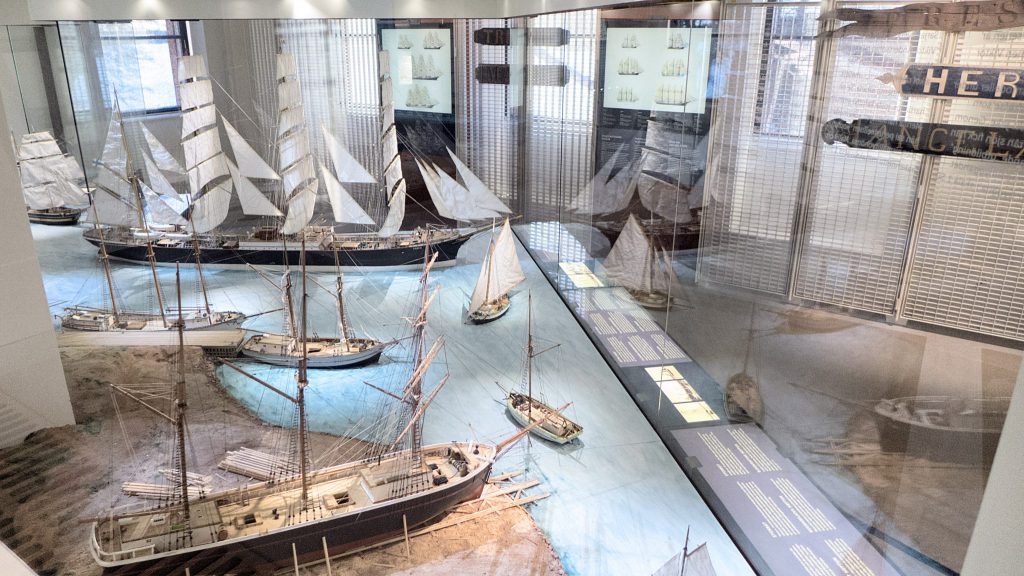
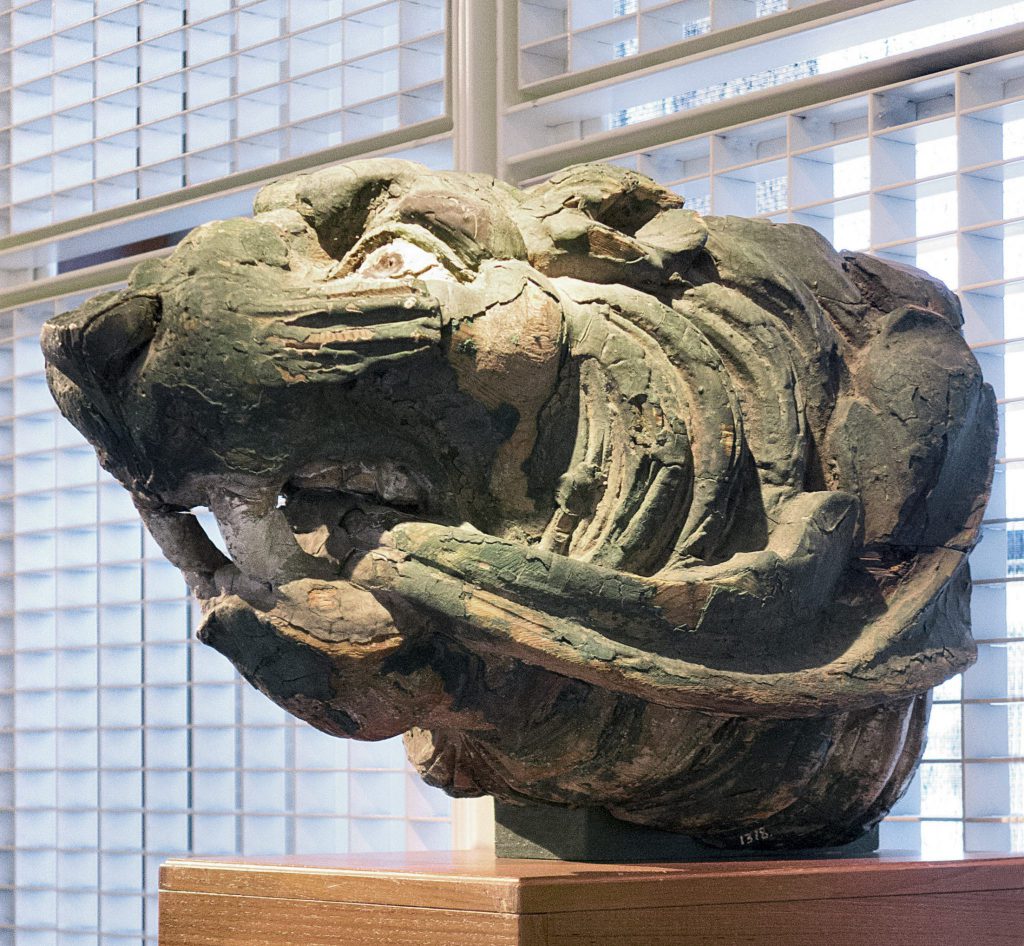
More exhibitions

Maritime Mariehamn
From the founding of Mariehamn in 1861 it has been a maritime town. This is were the professional shipping industry developed and this is were successful master mariners build their splendid homes.
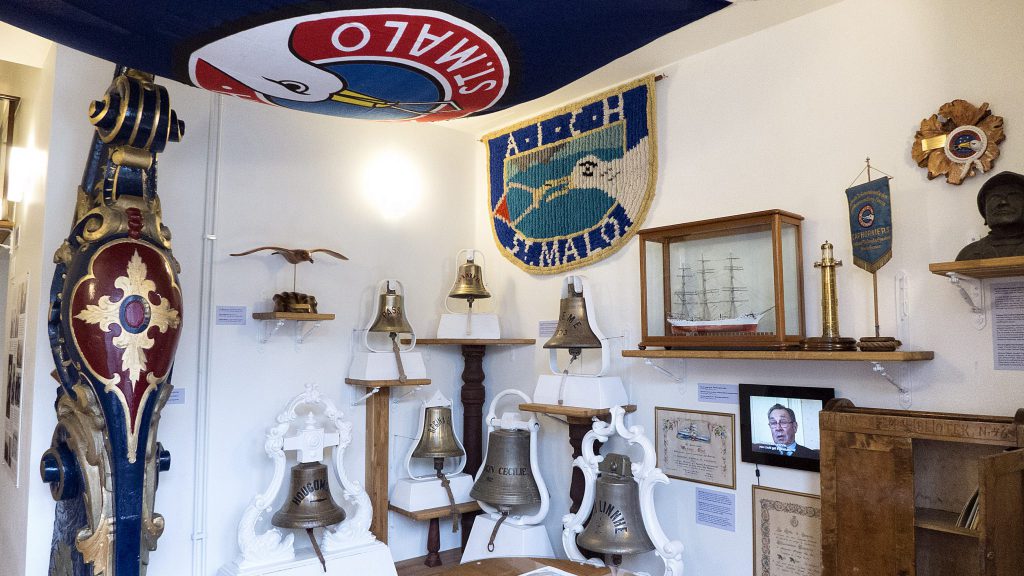
The Cape Horn Room
Amicale Internationale des Capitaines au Long Cours de Cape Horniers was an exclusive club for seafarers who had rounded the notorious Cape Horn in a cargo-carrying sailing vessel.
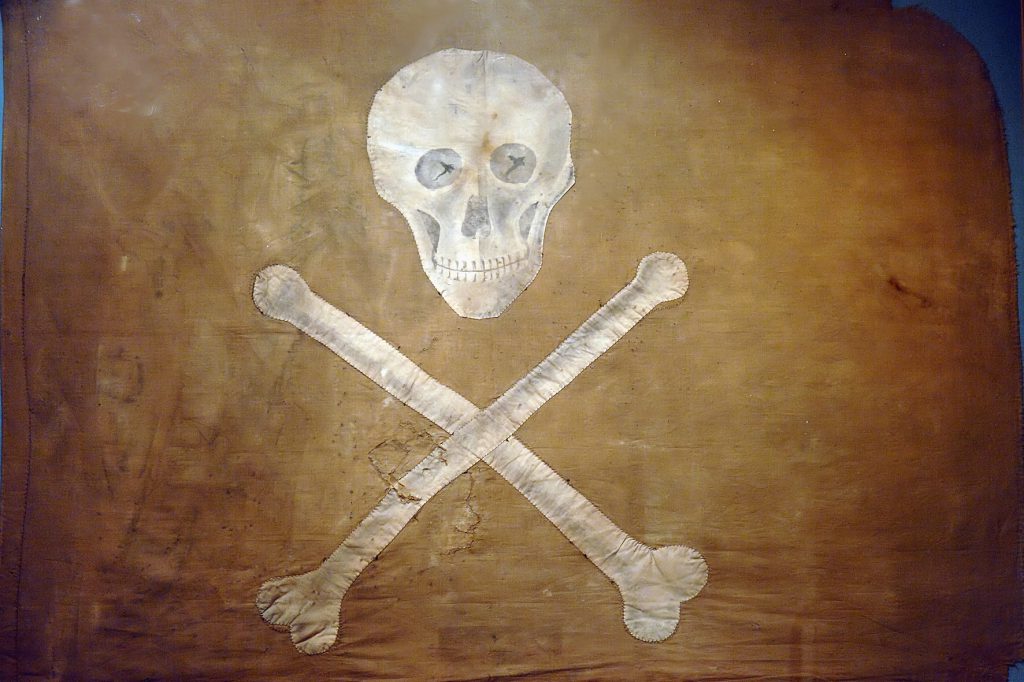
Cabinet of Curiosities
A cabinet of curiosities is made up of an eclectic collection of object that becomes a representation of all the world’s wonders and oddities in miniature.
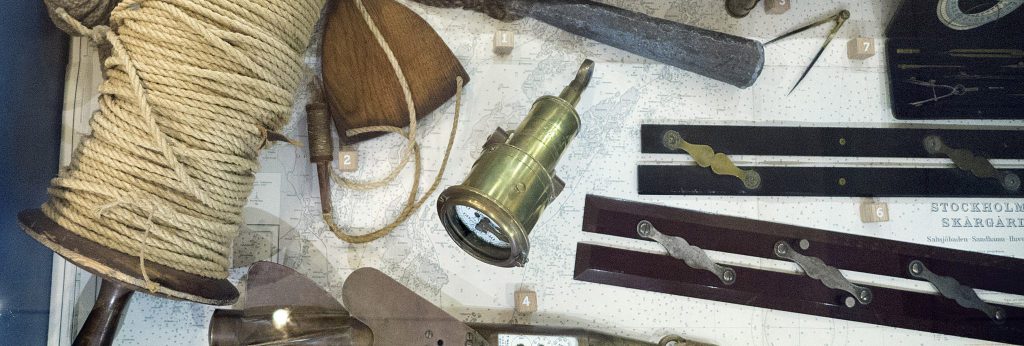
Navigation
Compass, chronometre, sextant, log and sea charts are in principally all a navigator needs to determine position and follow a set course.
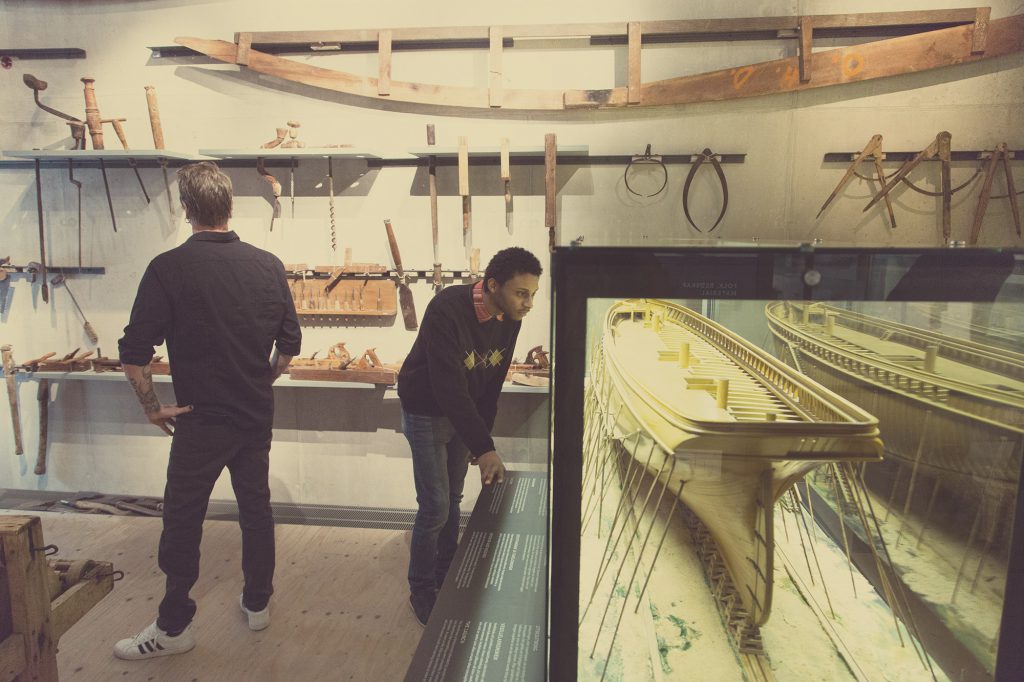
Shipbuilding
Despite shipbuilding never growing into an industry in its own right, hundreds of ships were built here.
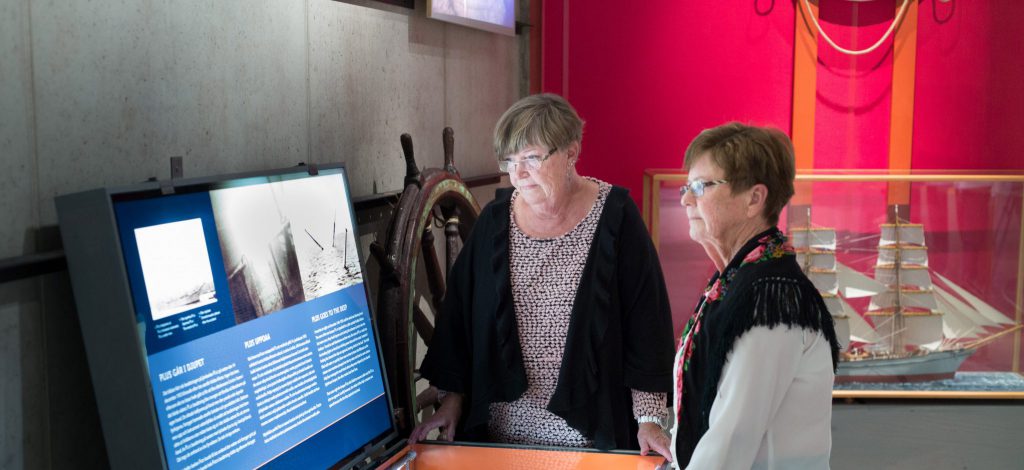
Safety at Sea
The sea and the wind are powerful natural elements that no human can tame. That said, there is plenty that can be done to promote safety on board and ashore.
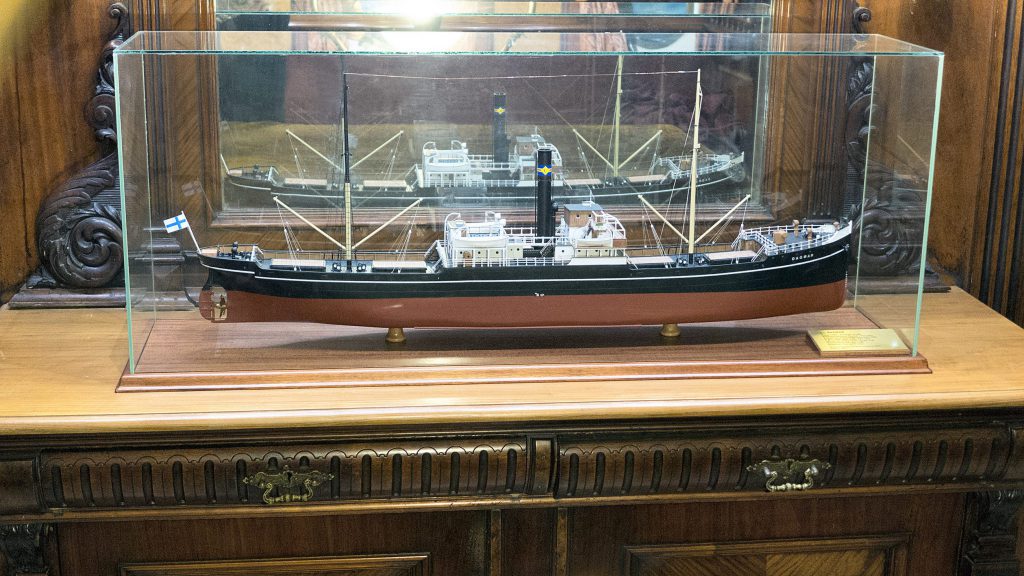
Engine-powered shipping
Engine-powered shipping was late in coming on Åland but once it had been established, it became the motor for modernizing Åland society at large.
